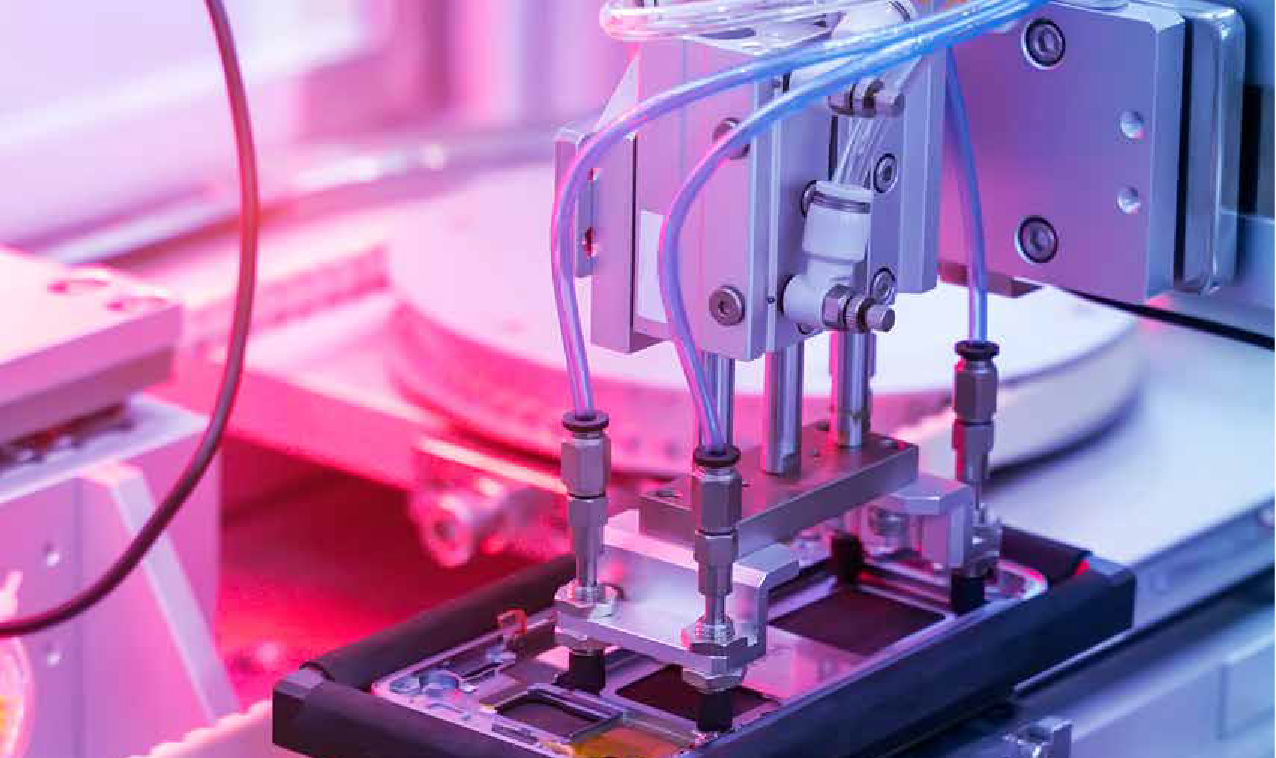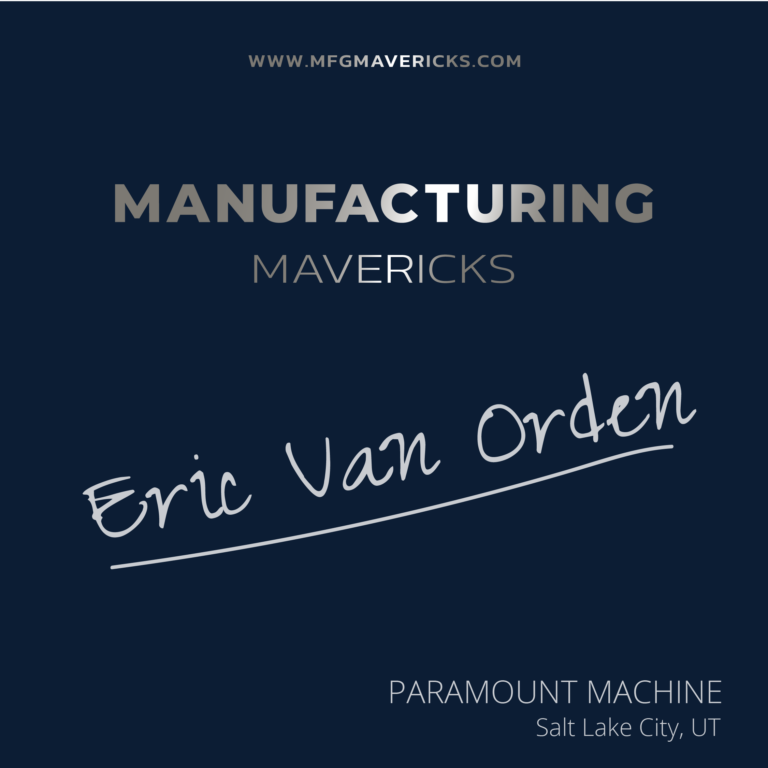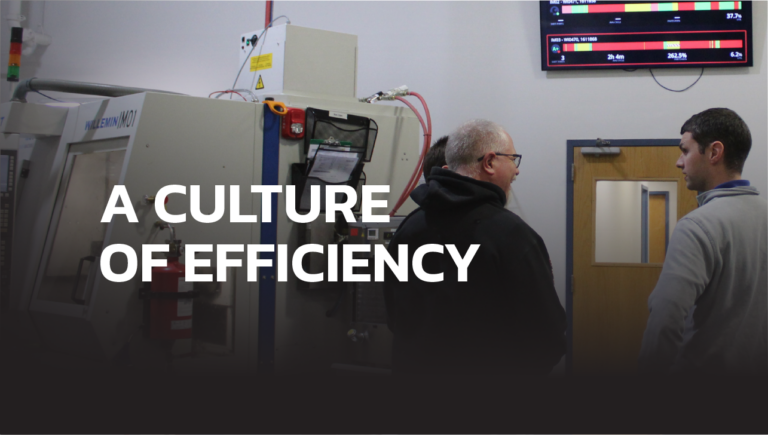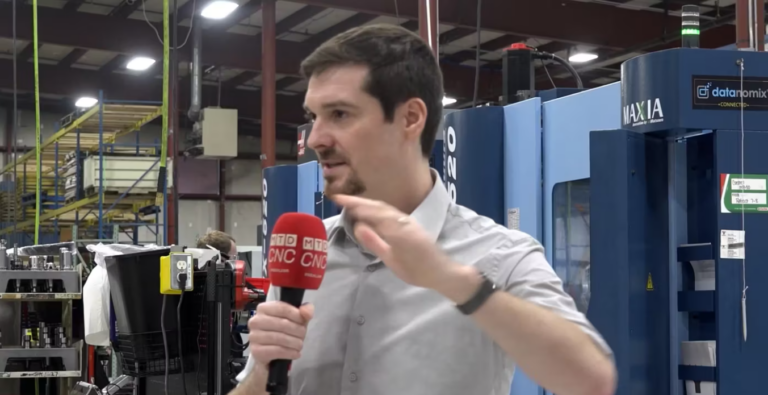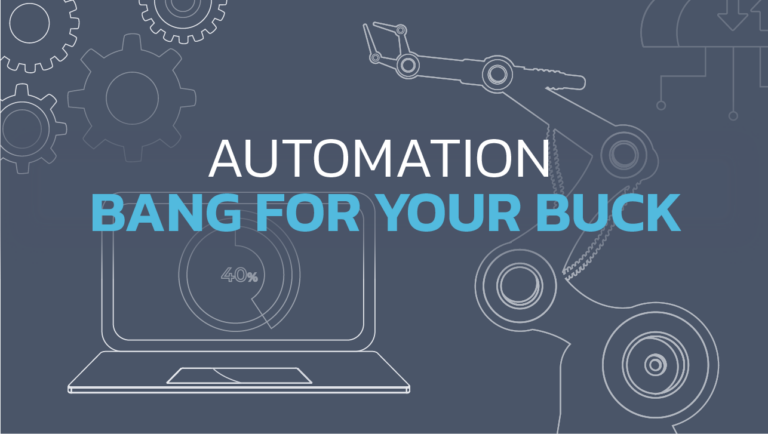A Paradox of Precision Manufacturing
Machine monitoring can be a real game changer for precision manufacturers.
In the world of precision manufacturing, where every micron matters, machine shops struggle to accurately measure their production performance because there are very few good tools available to help them.
Manufacturers, being resourceful, have tried to overcome this gap by:
- Manually Data Gathering
Shops have developed a creative mixture of sticky notes, clipboards, tablets, and more to track every part on every machine for every shift. Then, that data is analyzed using a spreadsheet—with the results posted for people to see. This method is very time-consuming and can only look back on what happened and cannot offer real-time insights into where to intervene right now. - Using ERP Data
Some shops with an ERP system rely on it for their production data. The problem is that the underlying numbers used to generate that data are estimates or averages. It can also only look back.
The best way to overcome the data gap around production performance is, not surprisingly, more accurate data. Enter machine monitoring software, which connects directly to your CNC machines and pulls data from them, which then can be analyzed. Since not all machine monitoring solutions are the same, here are some tips on how to select the best one for your shop:
- Comparison Shop
There are several companies that offer various levels of machine monitoring—from simple on/off monitoring all the way up to a fully automated intelligent system that requires no operator input. If you are new to monitoring, be sure to look for companies with a robust onboarding process and ongoing customer support to ensure your experience is a good one. - Does it Make Your Life Easier?
It’s the software’s job to make achieving revenue, profit, and improvement goals significantly easier. This means highlighting actionable insights that show you where to focus your efforts. Make sure the software has out-of-the-box reports, dashboards, and simple workflows that are aligned with the way you already work. Look for things like an automated report delivered first thing in the morning that shows every part made on every machine over the past 24 hours to support your morning production meeting. Does it have an app for anytime, anywhere access to your data? Does it require operators to input data or someone on your team to sift through mountains of data to find actionable insights? - Start Slow and Grow
Progress often requires overcoming resistance to change. Good monitoring software will provide you with a lot of insights into your production performance, which should be introduced over time, rather than all at once. Ask about each solution’s plan for training and customer success. If they don’t have one, then the solution is probably either too simple or you will be on your own to figure it out. At Datanomix, we often suggest that new customers start by using just a few features, like TV Mode, which broadcasts live production data so everyone is on the same page. Even implementing this one feature delivers a significant jump in utilization rates—because when you give good people accurate information, they can do great things. This gets everyone excited about using the software and helps create a culture of efficiency in your shop. - Focused on Your Goals
If you are getting a monitoring system because you want to increase machine efficiency, then make sure you choose a company focused on supporting you to do that. Ask if they have a tiered product offer where you can start focusing on one area and then add more features when you are ready, so you don’t pay for things you are not using. Also, ask about their product roadmap to make sure their vision aligns with yours. If they don’t have a plan for their future, then how will they help you realize yours?
Machine monitoring, especially fully automated intelligent production monitoring, can be a real game changer for precision manufacturers. It can help manufacturers achieve their goals, like increasing machine utilization to maximize revenue, optimizing job performance to increase part profitability, or support them during their continuous improvement efforts.
